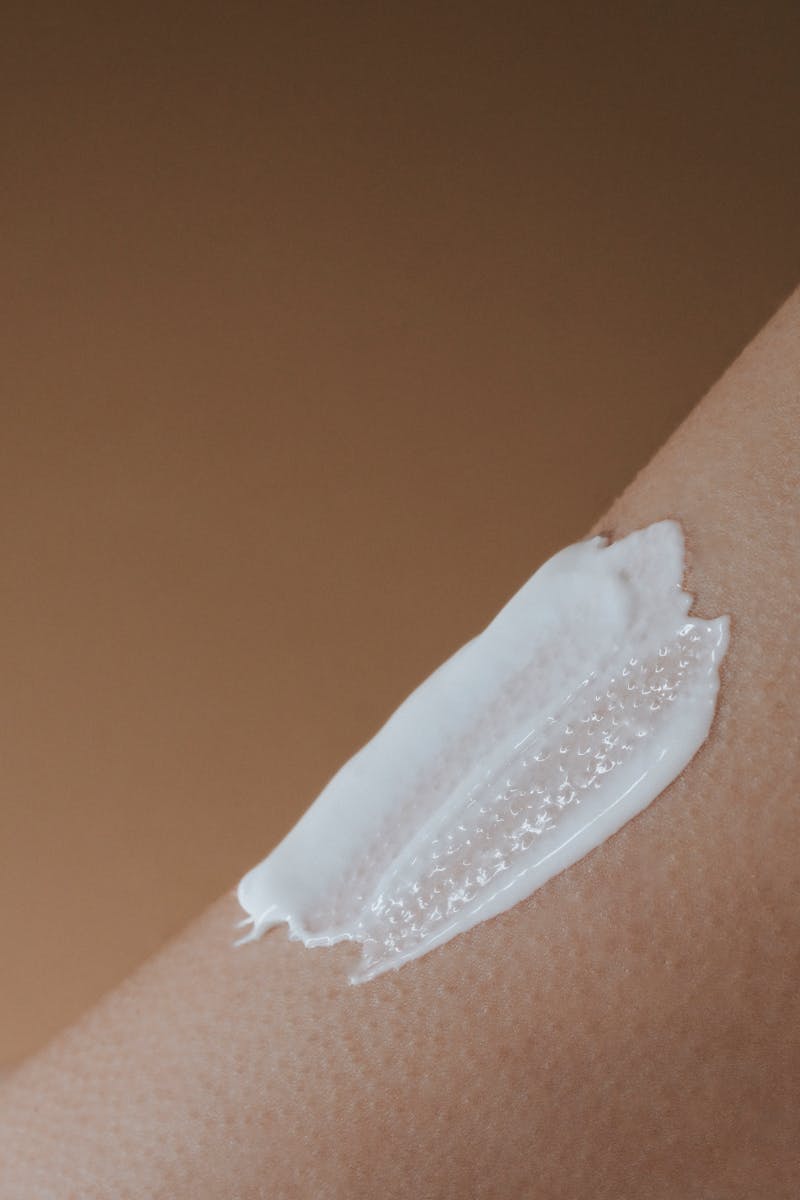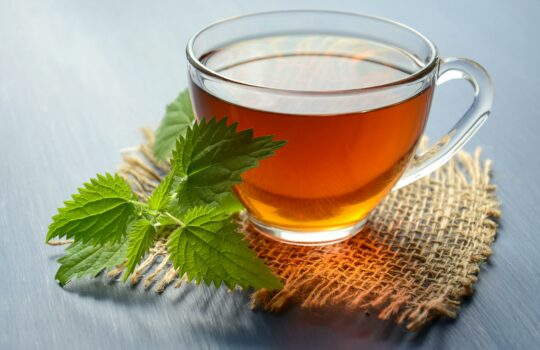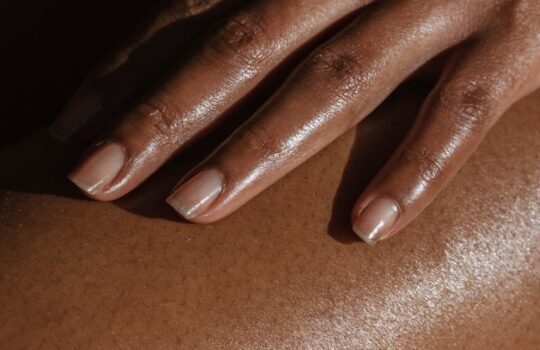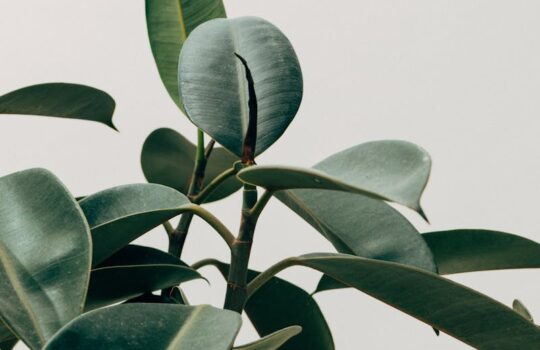How do memory creams work?
Short answer – chemistry and a little bit of physics! Long answer – to understand this you’ll have to understand a bit about what different ingredients do. So let’s make a memory cream together. Ingredients you will need:
1. Ingredients to increase viscosity
Simple emulsions are either water suspended in oil (w/o) or oil suspended in water (o/w). But as oil and water do not mix, you need ingredients that will form an emulsion, keeping the oil and water from separating out into two distinct layers. That’s what emulsifiers do, by forming physical barriers that stop the oil and water droplets from coalescing. In an ideal emulsion, the emulsifier is equally attracted to the water phase and the oil phase. If the balance is tipped in either direction, the emulsifier may lose contact with the phase to which it is less attracted, causing the emulsion to break down and the oil and water to separate into two layers.
Not only do emulsions allow otherwise incompatible ingredients to be brought together in the same product, they also allow characteristics such as viscosity, feel and appearance to be modified. The addition of ingredients that increase viscosity (such as emulsifier blends, gums/polymers and any fatty alcohols/acids) is the secret behind the “memory” in memory creams.
Viscosity is the resistance of a fluid to change shape, the opposition of flow. The higher the viscosity of a liquid, the thicker it is and the more it resists flow. Memory creams are highly viscous, so when the product is disrupted (i.e with a spatula), the internal friction between its molecules opposes movement and it returns to its original state. Dimethicone (a multi-tasking silicone emulsifier and occlusive), dipropylene glycol, disodium EDTA, PEG-100 stearate, glycerol stearate and PEG240 make it memory creams more viscous.
2. Ingredients with moisturising properties
To do what it set out to do – aka be a moisturising cream, it has to contain conditioning/moisturising ingredients. There are three main types: humectants, emollients and occlusives, the best moisturisers have a combination of products containing all three.
Let’s take the Elizavecca memory cream for example, it is packed with a powerful combination of all three types of moisturising agents. Its main ingredient is hyaluronic acid (in the form sodium hyaluronate). HA a humectant naturally found in the body that draws water into the stratum corneum (the top layer of skin) and holds water like a sponge. Other humectants in it are glycerin, propylene glycol, capylyl glycol and polyglutamic acid. It also contains dimethicone, a silicone occlusive that creates a thin coating on the skin to seal water in, preventing transepidermal water loss. Capric/Caprylic triglyceride and Macadamia Ternifolia Seed Oil (high in oleic acid) are both emollients. Emollients impart shine and improve how the surface of the skin feels.
3. Ingredients for user experience
Almost as important as having ingredients that allow the product to do what it’s supposed to do is having ingredients that will enhance the aesthetic of the product. Because no matter how beneficial a product, if it doesn’t feel great and the user experience is not good, people will not use it. Formulators can play around with the feel, appearance and smell of a product to add to its aesthetic. As well as conditioning, emollients affect how products rub into skin, how easily they spread and how they look on the skin. Perfumes can be added to give it a unique fragrance and colourants to give a colour.
4. Ingredients for stability
Finally, the product needs ingredients that will keep it together and make it last. As well as emulsifiers, a product will have stabilisers such as Caprylhydroxamic acid and preservatives like Phenoxyethanol to stabilise ingredients that might otherwise deteriorate, spoil or lose effectiveness too quickly. It’s important to remember that some products work over time – these multi-taskers have more than one property (such as dimethicone which is an occlusive moisturiser as well as an emulsifier, or butylene glycol which is a humectant that also enhances product absorption and controls viscosity.
The final product
Ultimately it’s a balancing act. If you can get a stable product that actually works and is aesthetically pleasing, you’ve hit the jackpot.
What are the benefits of ‘memory creams’ or creams with jelly-like, bouncy textures?
These particular creams are packed with powerful hydrators so they are more suited to normal to dry skins, especially in winter time when you need to lock that extra moisture in.







